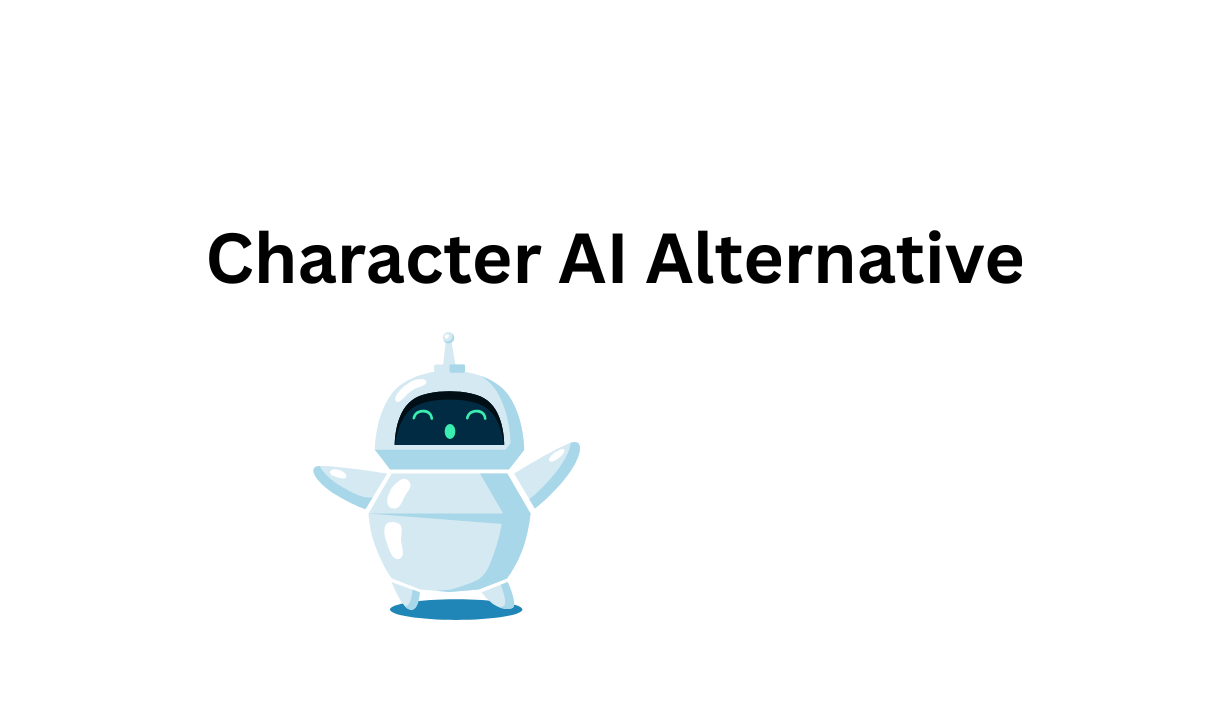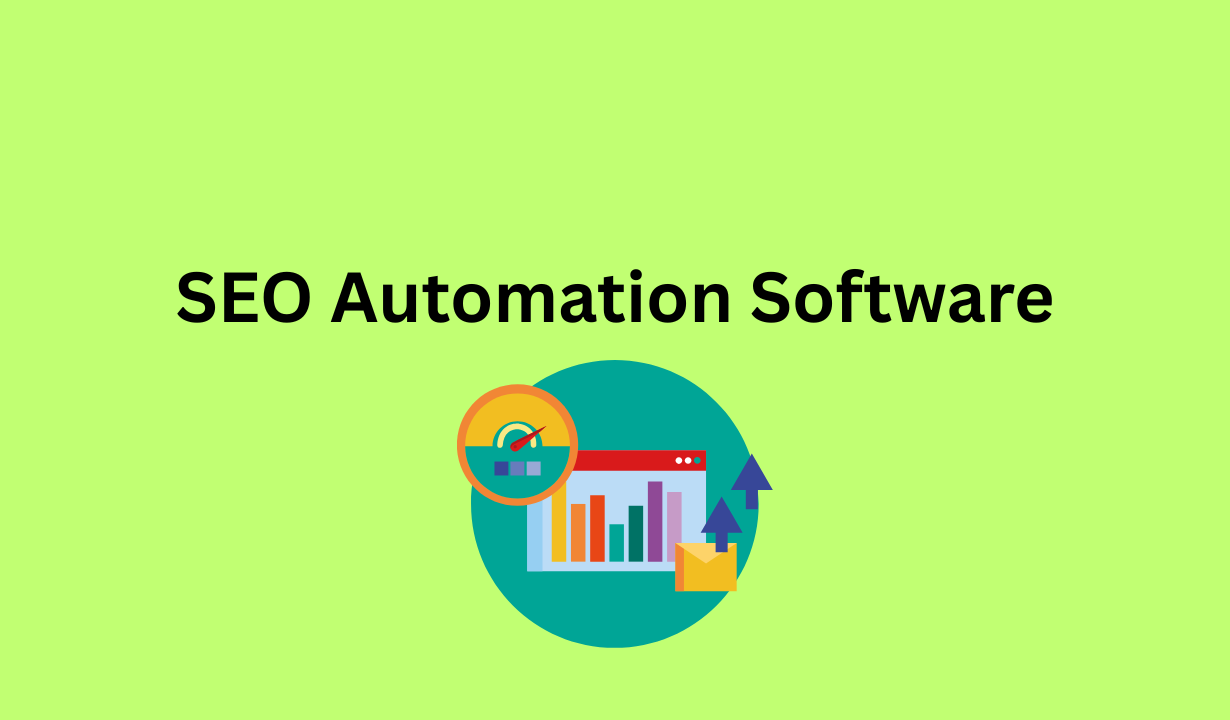Choosing the right SEO tool can seriously impact how well a business does online. Semrush and BrightEdge both sit at the top of the list, but honestly, they cater to pretty different needs.
Semrush feels more versatile and affordable. It’s usually a great fit for small to mid-sized businesses. BrightEdge, meanwhile, gears itself toward large enterprises and puts a big emphasis on real-time data and deep SEO insights.
Both platforms offer strong keyword research tools. They also come with site audit and content optimization features.
Semrush stands out for its broad marketing capabilities. It’s also just easier to use, in my experience.
BrightEdge shines when it comes to analytics tailored for bigger companies with complex SEO needs.
This comparison will break down key points like pricing, integrations, and training. Hopefully, it’ll help you figure out which tool actually makes sense for your business.
Similarweb vs Semrush: Which SEO Tool Is Better?
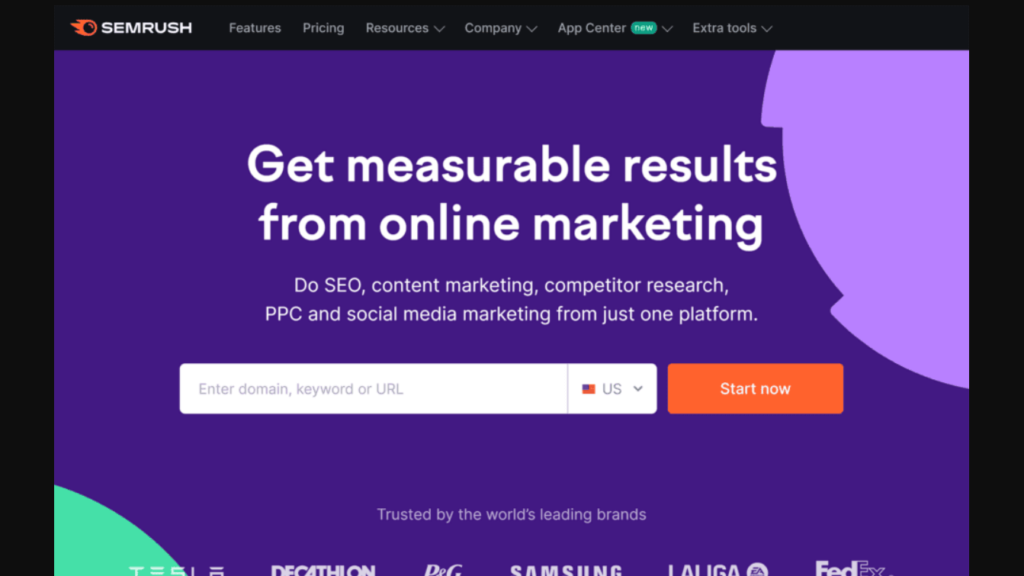
Semrush vs BrightEdge: Core Differences
Both Semrush and BrightEdge offer strong SEO tools, but they don’t always focus on the same things. Their features fit different users and business needs.
Pricing, integrations, and how easy they are to use also make a difference.
Target Audiences and Use Cases
BrightEdge mainly goes after large enterprises and big brands. You’ll find it in finance, retail, and e-commerce—basically, anywhere big teams need real-time data and keyword insights.
Its tools help manage complex SEO strategies at scale. Companies that need to track tons of keywords and watch lots of competitors seem to prefer BrightEdge.
Semrush, on the other hand, feels more versatile. It appeals to individuals, small businesses, and agencies.
It covers a wide range of SEO activities, from keyword research and site audits to content marketing and social media. Marketers who want a flexible, all-in-one tool that won’t break the bank often pick Semrush.
Overview of Key Functionalities
Semrush gives you a massive keyword database, solid competitor analysis, and customizable site audits. It plays nicely with Google products and platforms like Wix and Yoast.
You’ll find several training options, including live classes and a whole academy. Beginners and pros alike can get up to speed without too much hassle.
BrightEdge focuses on real-time SEO rankings and deep keyword tracking. Its ContentIQ audit tool offers content performance insights.
Technical SEO and enterprise-level reporting are big here. BrightEdge integrates with analytics and SEO tools like Moz and Adobe Systems.
Most training happens through webinars.
Pros and Cons of Semrush vs BrightEdge
| Feature | Semrush | BrightEdge |
|---|---|---|
| Pros | Wide toolset, affordable plans, strong integrations, flexible training | Highly detailed enterprise SEO insights, content audit at scale, precise real-time ranking data |
| Cons | May be complex for beginners, requires paid plan for full features | Pricing not transparent, less accessible for small businesses, limited training options |
| Best For | Small to mid-sized businesses, marketers seeking multi-purpose SEO tools | Large enterprises needing specialized SEO analytics and workflow automation |
| SEO Impact | Boosts online visibility through broad features and data | Optimizes SEO with in-depth keyword and competitor tracking |
It really comes down to your business size and what you want to achieve with SEO. Semrush brings a lot of versatility to the table.
BrightEdge, on the other hand, digs deep for enterprise-level SEO.
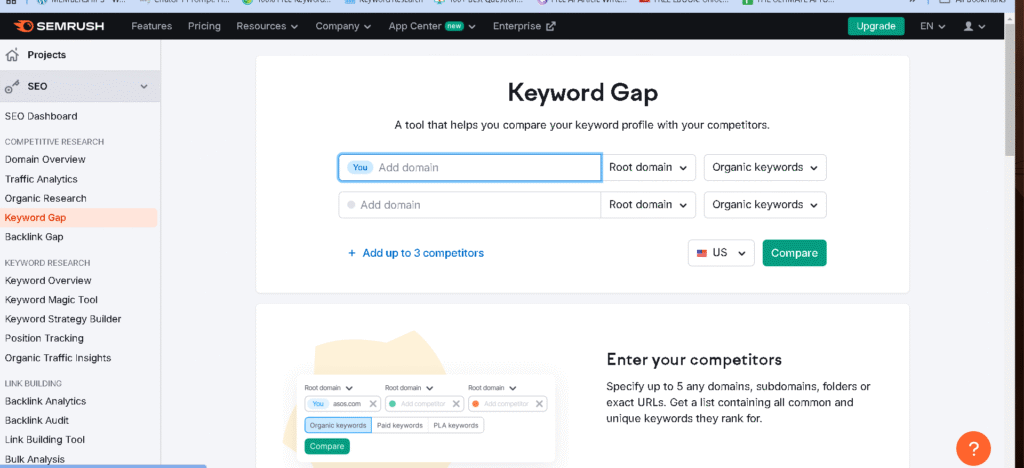
Keyword Research and Ranking Capabilities
Both platforms offer strong tools for finding and tracking keywords. They focus on different features that suit various business needs.
They provide ways to measure keyword performance. You can analyze search trends to tweak and improve SEO strategies.
Semrush Keyword Research Tools
Semrush includes its Keyword Magic Tool, which gives users access to a massive database of keywords. It shows metrics like search volume, keyword difficulty, competition, and intent.
Marketers can pick keywords that really match their goals. The tool also groups keywords into related clusters, making it easier to build topic-focused content.
You can use it for both organic and paid campaigns. That makes it pretty versatile for different strategies.
Semrush updates and expands its keyword database all the time. Users get fresh data to work with, which is honestly pretty handy.
BrightEdge Data Cube and Keyword Research
BrightEdge’s Data Cube is a standout feature for deep keyword research. It gives you a broad view of keywords your site ranks for and tracks competitor keywords too.
Data Cube shows specific keyword rankings by device and location. This helps large enterprises optimize content for multiple markets, which, let’s face it, is no small feat.
The tool includes insights on keyword groups, volume trends, and SERP layout changes. These help predict how certain keywords might perform and where to focus your efforts.
Keyword Tracking and Position Features
Semrush uses a Position Tracking tool to monitor keyword rankings over time. You can track rankings by device, location, and even group keywords by campaign.
Alerts notify users of ranking changes. This lets them adjust strategies fast, which is definitely useful.
BrightEdge offers rank tracking with a focus on giving actionable suggestions to improve rankings. It tracks performance across devices and geographic areas.
Its reports help large teams prioritize SEO tasks based on what will have the most impact. The way each tool presents recommendations and insights feels pretty different, honestly.
Ahrefs vs Google Keyword Planner: Features,Pros and Cons
Analyzing Search Trends and Historical Data
Semrush provides historical data going back several years. You can see how keyword rankings and search volume have changed over time.
It also includes trend insights from Google and other sources. BrightEdge emphasizes understanding keyword trends with its keyword trending graph feature.
It captures shifts in user interest and SERP layout, signaling when to update or create new content. Both platforms use this historical and trend data to help marketers anticipate changes and plan for long-term SEO success.
Site Audit and On-Page SEO
Site audit and on-page SEO help find technical problems and improve website content. Good SEO software gives you tools to spot issues and get recommendations that actually make a difference in search rankings and user experience.
Website Audit Features in Semrush
Semrush packs a site audit tool that scans for common SEO problems. It checks for broken links, crawl errors, duplicate content, and slow-loading pages.
You can connect Google Analytics and Google Search Console for deeper, real-time insights. The audit results show clear visualizations and rank issues by severity, so it’s easier to focus on what matters most.
Semrush also suggests on-page SEO fixes for missing meta tags, header issues, and content quality. You can schedule audits and whip up white-labeled reports, which agencies and teams juggling lots of sites will appreciate.
BrightEdge Site Audit and Optimization
BrightEdge uses ContentIQ to run large-scale site audits. It crawls millions of pages, flagging technical SEO issues like indexability, site speed, and mobile optimization.
The system ties site problems directly to performance data—think traffic and conversions. Audit results highlight error severity and give targeted recommendations.
BrightEdge really shines with complex, enterprise-level sites that have lots of languages or domains. It tracks fixes over time and shows how they affect business metrics.
The platform adds AI tools for extra insights, helping you enhance content based on search intent and engagement. It’s a nice touch if you want to go beyond the basics.
On-Page SEO Analysis and Recommendations
Both Semrush and BrightEdge include on-page SEO checkers for individual pages. Semrush zeroes in on missing or duplicate meta descriptions, messy HTML tags, and keyword gaps.
You get straightforward, step-by-step advice to tweak title tags, headings, and content relevance. BrightEdge’s on-page tools use AI to recommend content changes, not just technical fixes.
It looks past the basics to suggest adjustments that match user intent and stack up against competitors. This helps marketers create content for modern search algorithms and keep track of performance.
Both platforms let you prioritize fixes with the biggest SEO impact and monitor changes to keep your site healthy.
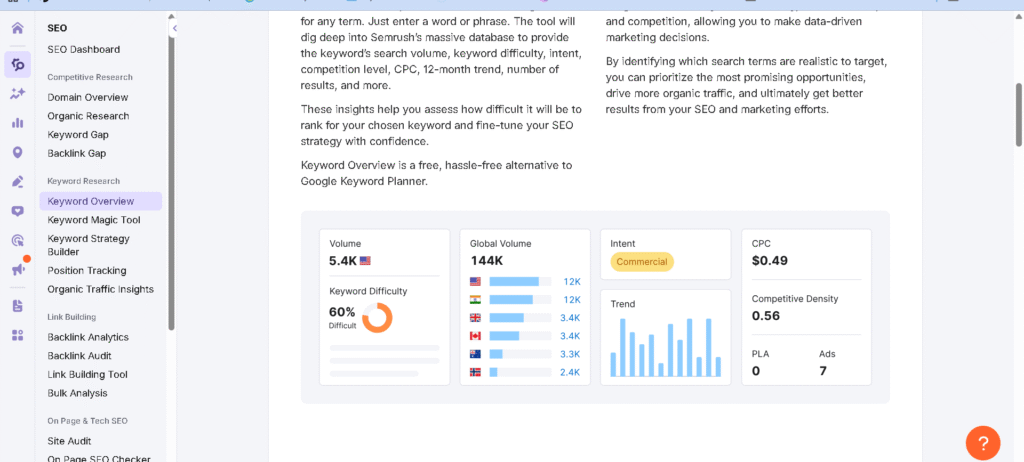
Content Marketing and Optimization
Both platforms offer tools to help with content marketing and boost content quality. They support content creation, SEO optimization, and managing your brand across digital channels.
Content Creation and Idea Generation
Semrush gives you a bunch of tools for generating content ideas. It pulls from keyword trends, competitor analysis, and search intent.
Its Content Marketing Toolkit lets marketers find relevant topics and plan their strategies. You’ll also find AI-driven brainstorming to make coming up with fresh ideas way less painful.
BrightEdge leans into content performance data. It uses real-time engagement metrics, so you can see what topics actually connect with your audience.
This approach helps larger teams focus on high-impact content that drives more traffic and conversions. Semrush feels a bit more user-friendly for brainstorming, while BrightEdge is all about scaling content with solid data.
SEO Writing Assistance and Optimization Tools
Semrush comes with an SEO Writing Assistant. It checks your content for keyword use, readability, tone, and originality.
You’ll get real-time suggestions to help you optimize and improve content quality. Even if you’re not an SEO expert, it’s pretty approachable.
BrightEdge offers AI-powered Content Advisor features. These give actionable recommendations to improve your content.
It also has automated content briefs. Writers can use these to target the right keywords and topics for their campaigns.
Semrush’s assistant feels easier for a range of skill levels. BrightEdge, on the other hand, dives deeper for businesses that want to scale content using data-driven insights.
Brand Monitoring and Online Marketing Integration
BrightEdge integrates brand monitoring across both SEO and social media campaigns. Teams can track brand visibility and engagement on platforms like Facebook and Twitter.
It connects content performance with business outcomes. You get dashboards to keep an eye on your campaigns.
Semrush offers a wider set of online marketing tools. It tracks brand mentions, social media activity, and advertising performance all in one place.
This setup lets marketers align SEO, paid campaigns, and social strategies without bouncing between platforms. If you want a unified marketing platform, Semrush is a solid pick.
BrightEdge is better for enterprises that need detailed visibility into content-driven customer interactions and brand growth.
Backlink and Competitive Analysis
Both platforms give you tools to dig into backlinks and check out what competitors are doing. You can use these features to boost your SEO, get a handle on link profiles, and spot new chances you might’ve missed.
They also serve up insights about advertising and website traffic, which helps with strategic planning.
Backlink Analysis and Audit Tools
Semrush lets you really dive into backlink analysis. You can look at referring domains, spot toxic links, and keep tabs on new or lost backlinks.
Its interface makes it easy to see link quality, using metrics like authority score and anchor text spread. The backlink audit tool flags harmful links and suggests ways to clean up your site’s profile.
BrightEdge steps up with strong backlink management, putting a spotlight on competitive benchmarking and risk checks. You can monitor competitor backlinks in detail and focus your link-building efforts where they matter most.
For bigger teams, BrightEdge brings workflow tools to manage backlink improvements at scale. It’s a solid fit for large enterprises.
Semrush keeps things user-friendly and focuses on risk identification. BrightEdge, on the other hand, digs deeper into competitor insights and task management.
Competitive Research and Analysis
BrightEdge shines when it comes to competitor research. Its “Share of Voice” tracking shows how competitors stack up on keywords or specific pages.
The Data Cube feature hands you a ton of data for deep dives into competitor keywords and content. That’s huge for spotting gaps and fresh SEO opportunities.
Semrush takes a broad approach to competitor analysis. You get traffic analytics, keyword gap info, and backlink comparisons.
It also tracks what competitors are doing with their ads and social media, so you get a wide-angle view of the competition. These tools help you find advantages across multiple digital marketing channels.
BrightEdge zooms in on detailed insights for enterprise SEO teams. Semrush casts a wider net with its competitive data.
Advertising and Traffic Insights
Semrush brings some serious advertising research tools. It tracks competitor paid campaigns, ad copy, and even gives you budget estimates.
Traffic analytics let you see where visitors are coming from, which pages perform best, and how users behave. That’s all super useful for tweaking both paid and organic campaigns.
BrightEdge doesn’t focus much on paid ads, but it does give you traffic insights tied to organic search and how people engage with your content. Its dashboards bring together traffic data and SEO results, making it easier to connect site visits to particular content or marketing pushes.
If you want the full picture of both paid and organic traffic, Semrush is probably your best bet. BrightEdge works better if you care more about organic search and content-driven traffic metrics. Both have data that can help you grow your audience, just in different ways.
Semrush vs Ahrefs vs Ubersuggest: Which SEO Tool is Best?
Integrations, Usability, and Support
Both platforms connect with popular tools, but they differ in how easy they are to use and the kind of customer help they offer. Your choice really depends on what integrations you need, how quickly you want to get started, and what kind of support matters most to you.
Third-Party Integrations and Data Connections
Semrush connects with a ton of tools, especially Google Analytics, Google Ads, Google Search Console, and Google Data Studio. You can also link it with CMS platforms like WordPress and Drupal.
For social media, Semrush works with LinkedIn, Facebook, Twitter, and Instagram. That makes it easier to manage and track campaigns without bouncing between platforms.
BrightEdge integrates smoothly with Google Analytics and Google Ads. It also connects to Adobe Analytics and CMS platforms like WordPress, Drupal, and Adobe Experience Manager.
However, BrightEdge doesn’t support Google Search Console or social media platforms as well as Semrush does. That might be a dealbreaker for some.
Semrush gives you an API for custom integrations, so you can tweak things to fit your own workflow. BrightEdge keeps its integrations more focused, aiming for enterprise-level data connections instead of wide-open third-party access.
Learning Curve and User Experience
Semrush feels approachable whether you’re new or have been around the block. The interface is clean and intuitive, with tooltips and walkthroughs that help you get oriented fast.
You can find features quickly, and it’s pretty easy to launch campaigns without much prep. That saves time and keeps things moving.
BrightEdge has a pro-level dashboard with clear data displays. But honestly, it can overwhelm newcomers.
It’s really built for folks with SEO experience or enterprise teams who don’t mind investing time to learn the ropes. BrightEdge packs in resources, but getting up to speed takes some effort.
Customer Support and Training Resources
Semrush offers support through live chat, email, and phone. You can get help in several languages, which is handy.
They’ve also put together a big knowledge base, video tutorials, webinars, and even an online academy for certifications if you want to go deep.
BrightEdge mainly supports users by phone and email, with a dedicated team for enterprise clients. The knowledge base is thorough, with guides, videos, and articles, plus they host webinars and an annual customer conference.
Support from BrightEdge feels more personal, but it’s not as instant as Semrush’s live chat.
Semrush’s wider range of support channels and active community might make it a better fit for most users. BrightEdge, though, shines if you want that extra layer of hands-on, enterprise-focused help.
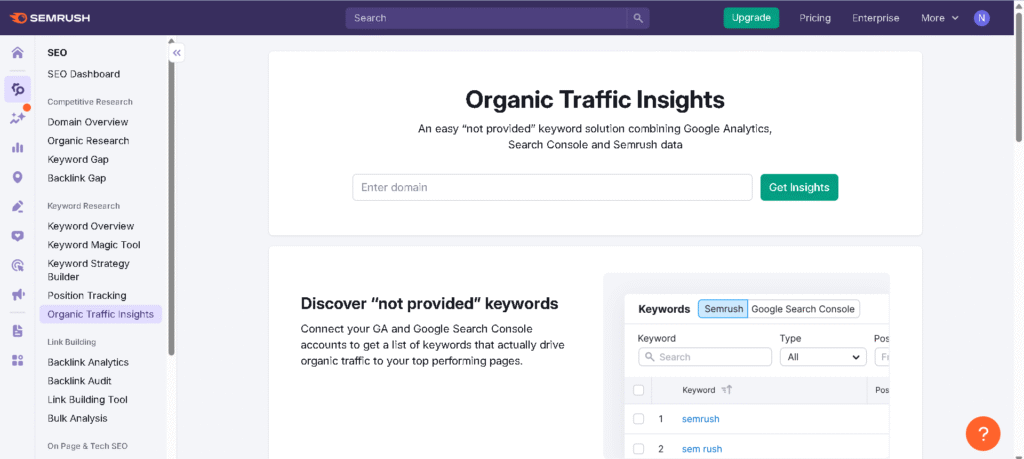
Pricing, Free Trials, and Plans
Semrush vs BrightEdge take pretty different routes when it comes to pricing and trial options. Semrush lays out its plans and offers a free trial, but BrightEdge keeps things custom and makes you reach out for details.
Pricing Structure and Free Trial-Semrush
Semrush’s three main monthly plans look like this:
Pro: $119.95
Guru: $229.95
Business: $449.95
Each step up adds more features and higher limits. They’re aiming to cover everyone from small shops to big marketing teams.
If you pay for a year upfront, you can save up to 17%. That’s not nothing.
Another plus—Semrush gives you a 14-day free trial. You can poke around, try out all the features, and see if it actually fits your workflow before dropping any cash.
BrightEdge Pricing Model
BrightEdge doesn’t share prices on its site. You’ve got to fill out a form and talk to a sales rep to get a custom quote.
They focus on big enterprises with specific needs, so pricing depends on which tools and services you want. No public free trial here. If you’re curious, you’ll need to schedule a demo or chat with sales to see what’s on offer.
Frequently Asked Questions
What are the primary differences in features between Semrush and BrightEdge?
Semrush packs in a wide range of tools for SEO, content marketing, site audits, and even social media marketing. You’ll find features like deep keyword research, competitor analysis, and flexible integrations.
BrightEdge leans more toward real-time SEO research and recommendations, especially for big enterprises. It focuses on analytics, content performance tracking, and site audits through its ContentIQ tool.
How do the pricing models of Semrush and BrightEdge compare?
Semrush offers clear, tiered monthly plans. The Pro plan starts at $119.95, and there are Guru and Business options too.
If you pay annually, you can save about 17%. BrightEdge, on the other hand, doesn’t share specific prices online.
You’ll need to contact them directly to discuss pricing, which they usually customize for larger organizations.
What are the advantages of using Semrush over other SEO tools?
Semrush feels versatile and user-friendly, making it a solid pick for small and mid-sized businesses. It delivers loads of keyword data, offers different training options, and works with platforms like Google, Wix, and Yoast.
You can manage your whole digital marketing strategy in one place—SEO, content, and social media tools all bundled together.
Can you provide a comparison of customer support services between Semrush and BrightEdge?
Semrush gives you several support channels. There’s live training, webinars, detailed docs, and even a dedicated academy.
BrightEdge mostly sticks to webinars for training. Its customer support feels more personal, but the formats aren’t as varied as Semrush.
What types of companies typically use BrightEdge for their SEO needs?
You’ll mostly find large enterprises and B2B or B2C companies—think finance, retail, automotive, and e-commerce—using BrightEdge.
It really fits businesses that need deep analytics and big-picture keyword tracking to compete at scale.
How does Ubersuggest differ from Semrush in terms of functionalities and use cases?
Ubersuggest keeps things simple, focusing on keyword research and the basics of SEO. Beginners and smaller sites often prefer it for its affordability and ease of use.
Semrush, meanwhile, brings more advanced features for full-scale SEO and digital marketing. It’s built for businesses that want deeper insights and broader management tools.


